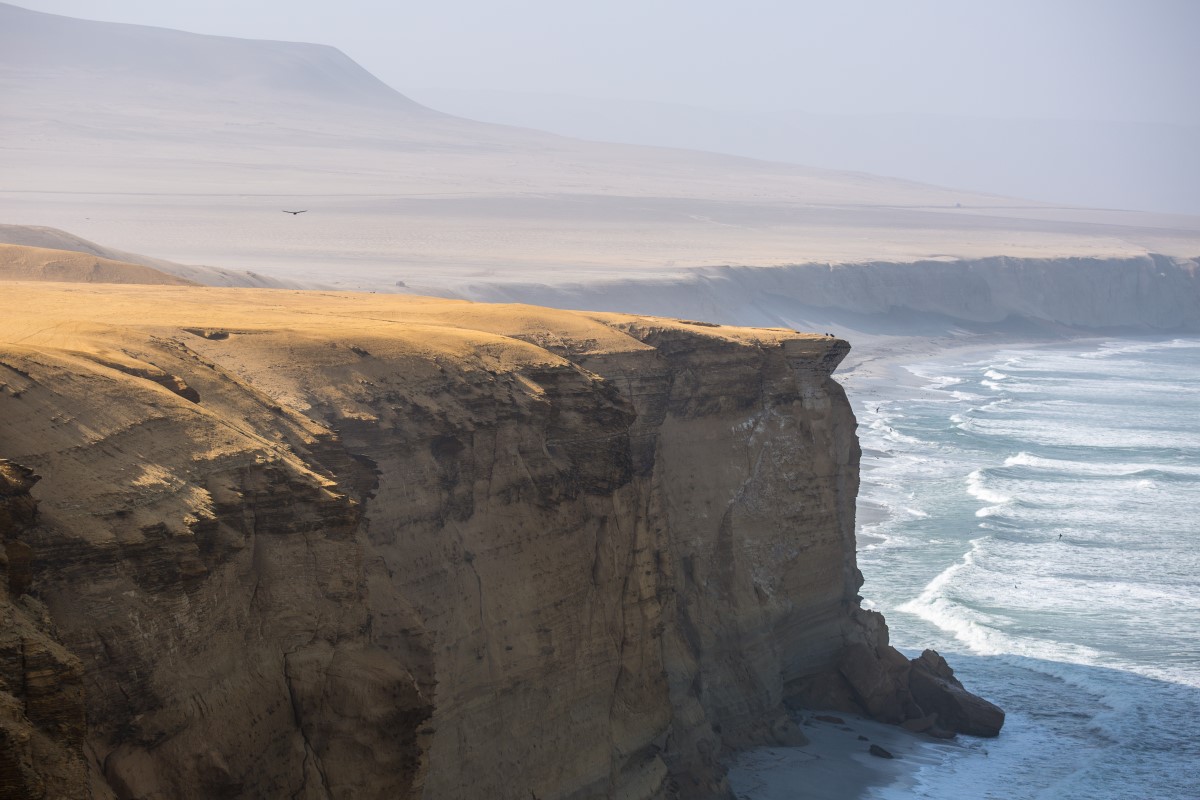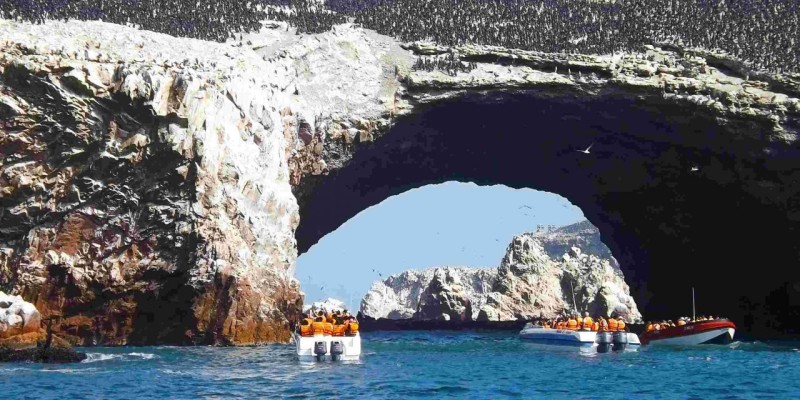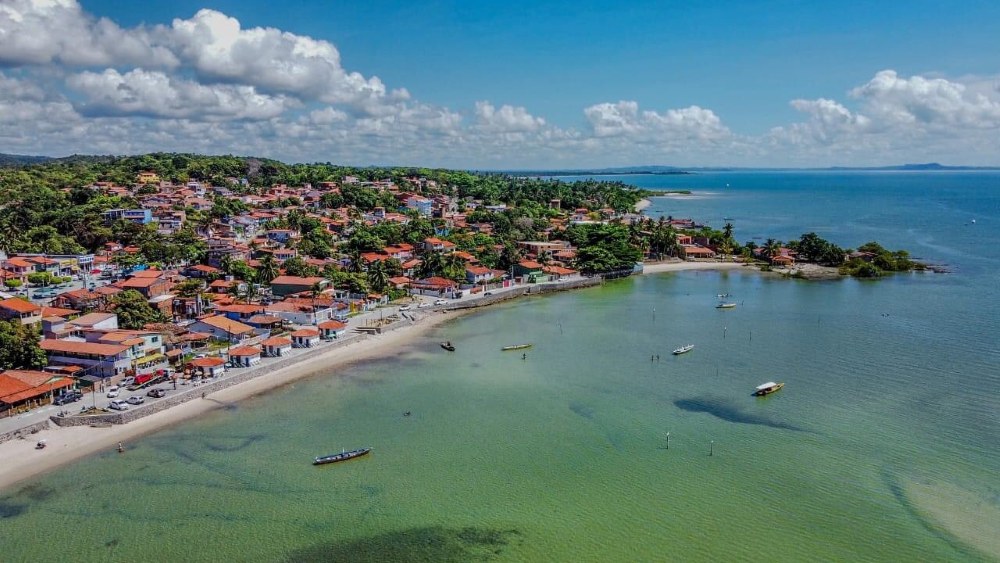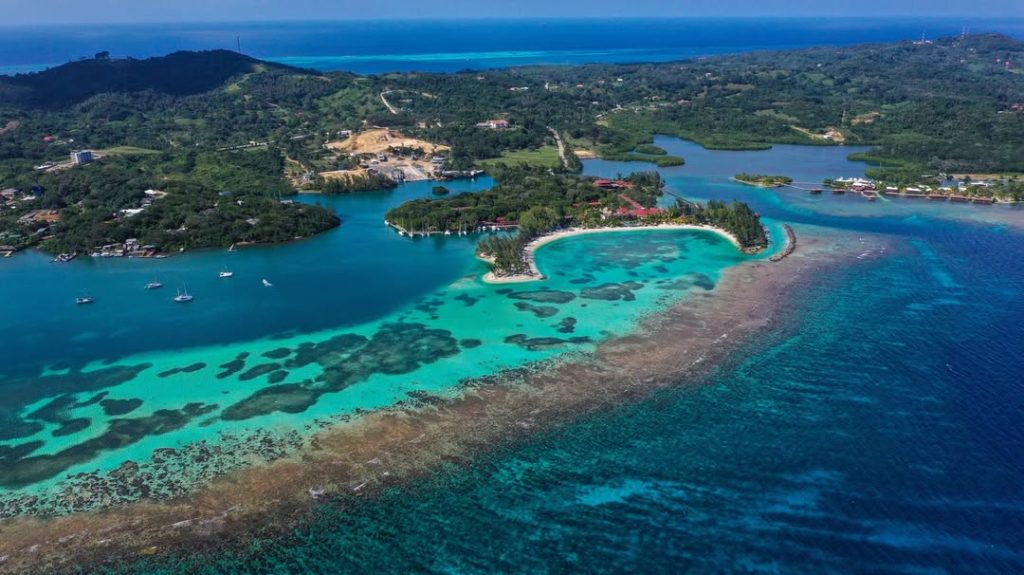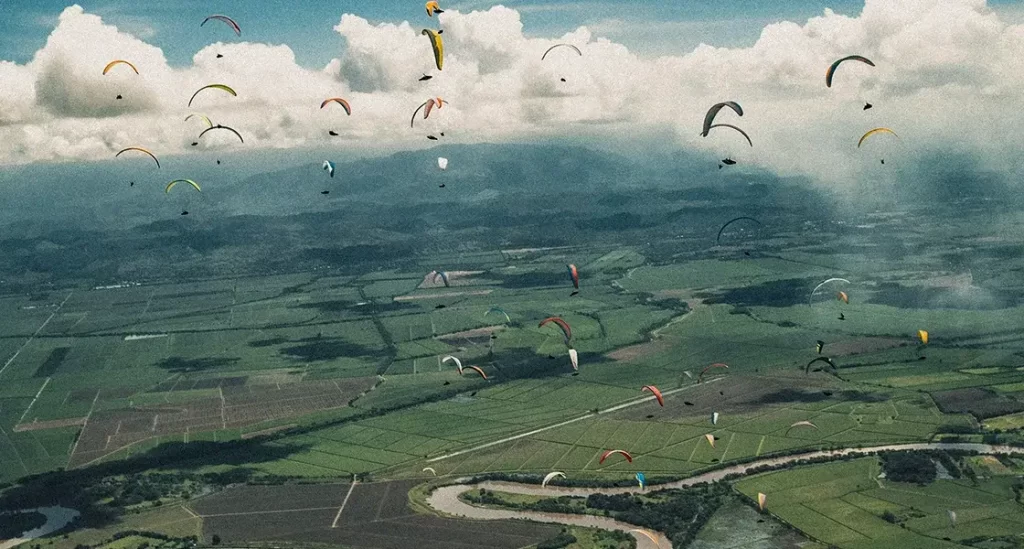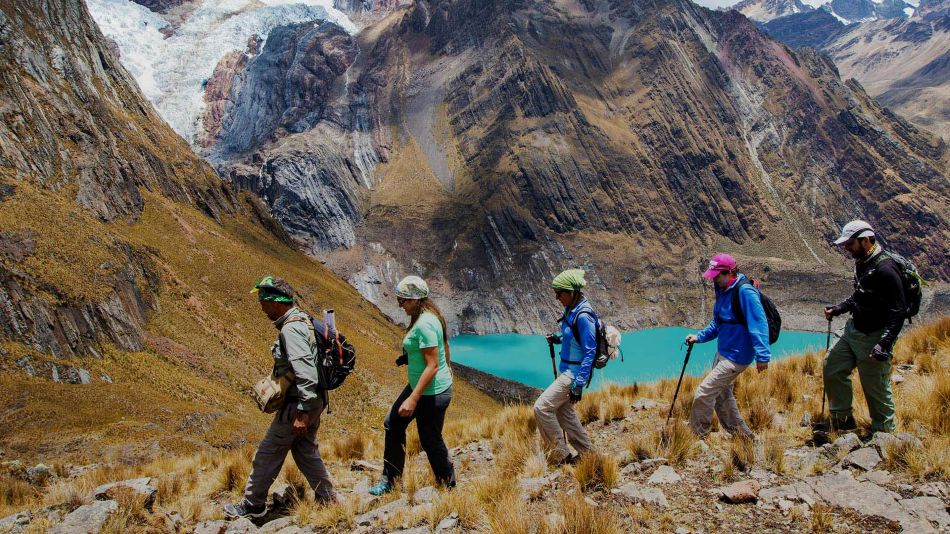Texte de Marcelo Gomez – Cet article a été publié initialement sur le site www.elcafelatino.org
ParaAco en Quechua signifie : Para / Pluie et Aco / Sable, soit “pluie de sable”, et, en espagnol, cela s’écrit Paracas.
Probablement, en entendant le mot « Pérou », tu penses directement à l’incroyable et majestueux Machu Picchu, n’est-ce pas ? Mais aujourd’hui, je voudrais te faire voyager, à l’aide de quelques phrases, jusqu’à une autre destination merveilleuse de ce grand pays.
Paracas est un district situé dans la province de Pisco, dans le département de Ica, à seulement 3 heures de Lima, la capitale ; entre le désert aride et l’immense mer tranquille du Pacifique, où le vent peut souffler jusqu’à 60 km/h, imprégné de températures qui atteignent les 30 degrés en été.
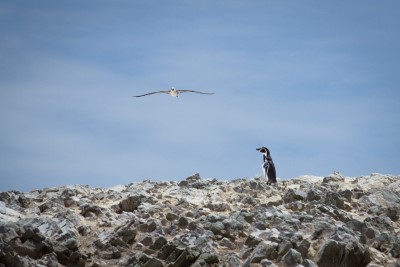
Tu pourras trouver à Paracas un univers baigné de belles plages, comme celle de Supay, et c’est justement dans l’une de ces baies que tu pourras admirer les flamants aux ailes rouges et au poitrail blanc, dont s’est inspiré José de San Martín pour choisir les couleurs du drapeau national péruvien.
Pour aller plus loin dans la découverte, tu peux monter à bord d’une des barques touristiques qui te rapprocheront, au bout de quelques kilomètres, d’un monde magique au milieu de l’océan. Et ce, en commençant par le géoglyphe d’un chandelier de 170 mètres de hauteur, dont on ignore l’auteur et l’objectif. Celui-ci est reconnu par le patrimoine culturel de la nation et fait partie de la Réserve Nationale de Paracas, aire côtière protégée.
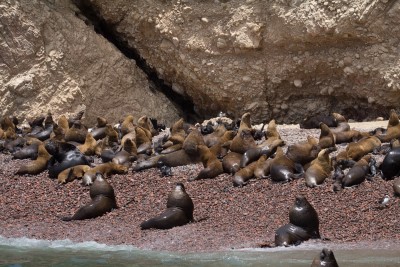
Pendant la traversée, des milliers d’oiseaux plongeurs vont t’accueillir et t’accompagner, en formant des figures aériennes majestueuses. En arrivant aux Îles Ballestas, formées de 20 arcs rocheux, tu pourras observer la population de loups de mer qui se reposent tranquillement après s’être alimentés toute la nuit. Tu verras aussi quelques lions de mer en train de récupérer des forces et de se rappeler amèrement leur perte dans l’ardue bataille pour la conquête d’un harem, parfois composé de plus de 20 femelles.
En plus des loups, tu verras des centaines de pingouins de Humboldt, les seuls, dans le pays, qui existent, et qui sont en voie d’extinction – peut-être dû au fait qu’ils soient monogames et fidèles à leur partenaire. Dans tous les cas, ils attendent ensemble que passent les heures pour rapidement nager de nouveau et se nourrir d’anchois et de poissons pejerrey.
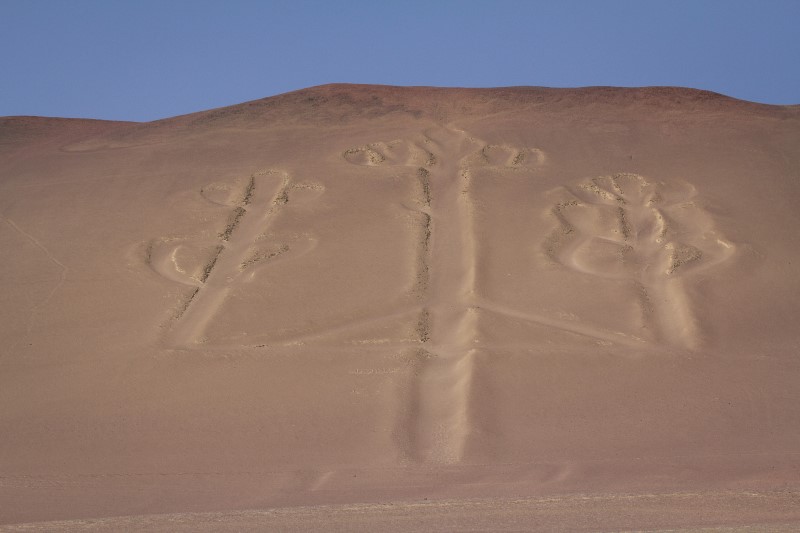
Au milieu de tout ce paradis, les roches font partie du paysage, dessinant par exemple le profil du Christ sur l’une d’elles, ou bien avec l’île des désirs un peu plus loin.
Ce n’est pas tout, cet écosystème est peuplé par quelques hommes qui vivent et travaillent des mois durant, collectant des tonnes de guano : les excréments des oiseaux qui recouvrent artistiquement les îles de taches blanches et qui servent de fertilisant pour la terre.
Enfin, en revenant sur la terre ferme et avant de t’en aller de cette zone unique au monde, je te conseille de déguster un plat frais et délicieux aux fruits de mer, comme le « ceviche », dans un des restaurants proches de la plage. Tu t’en régaleras avec délice, car en mer la vie est plus savoureuse.
